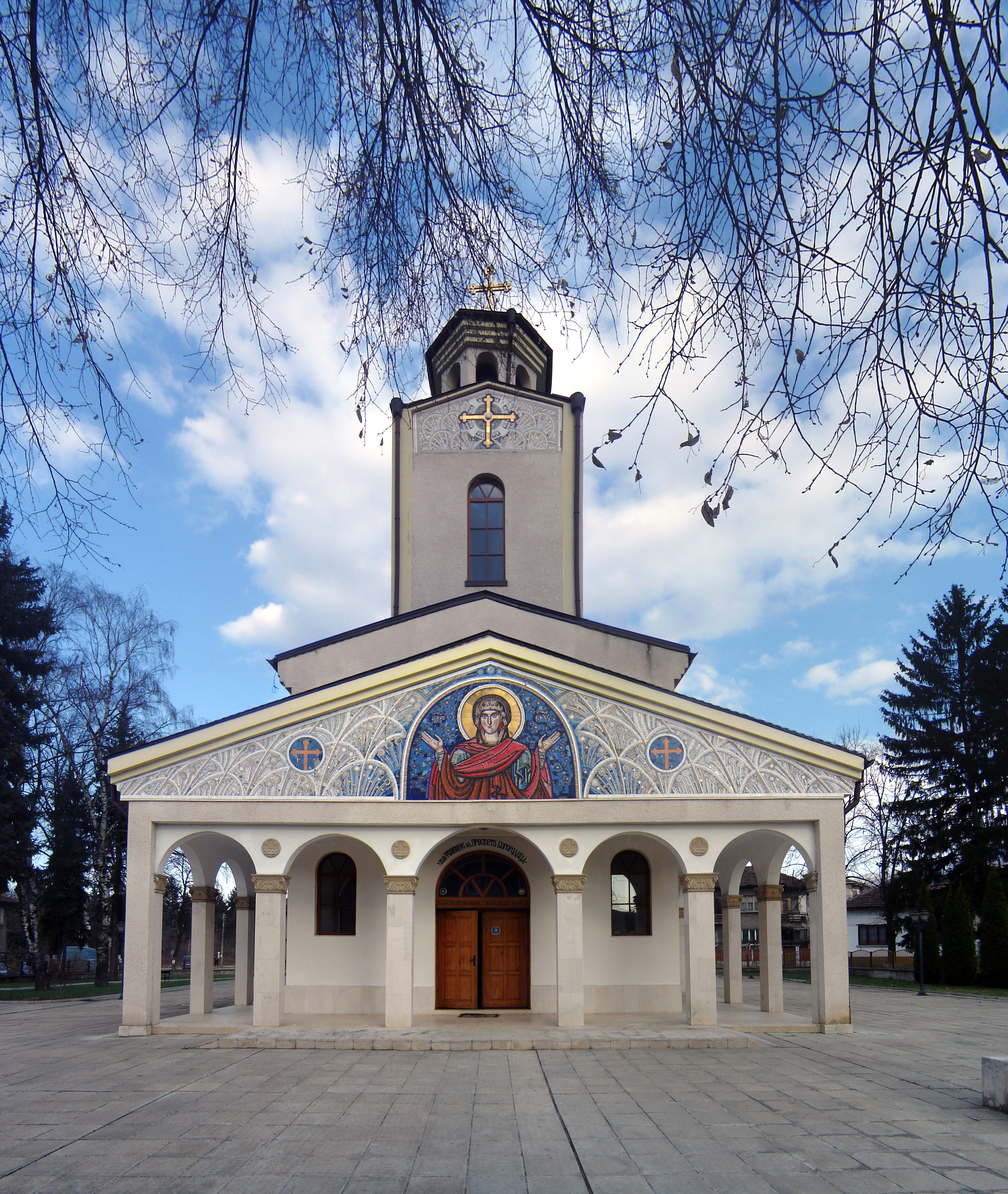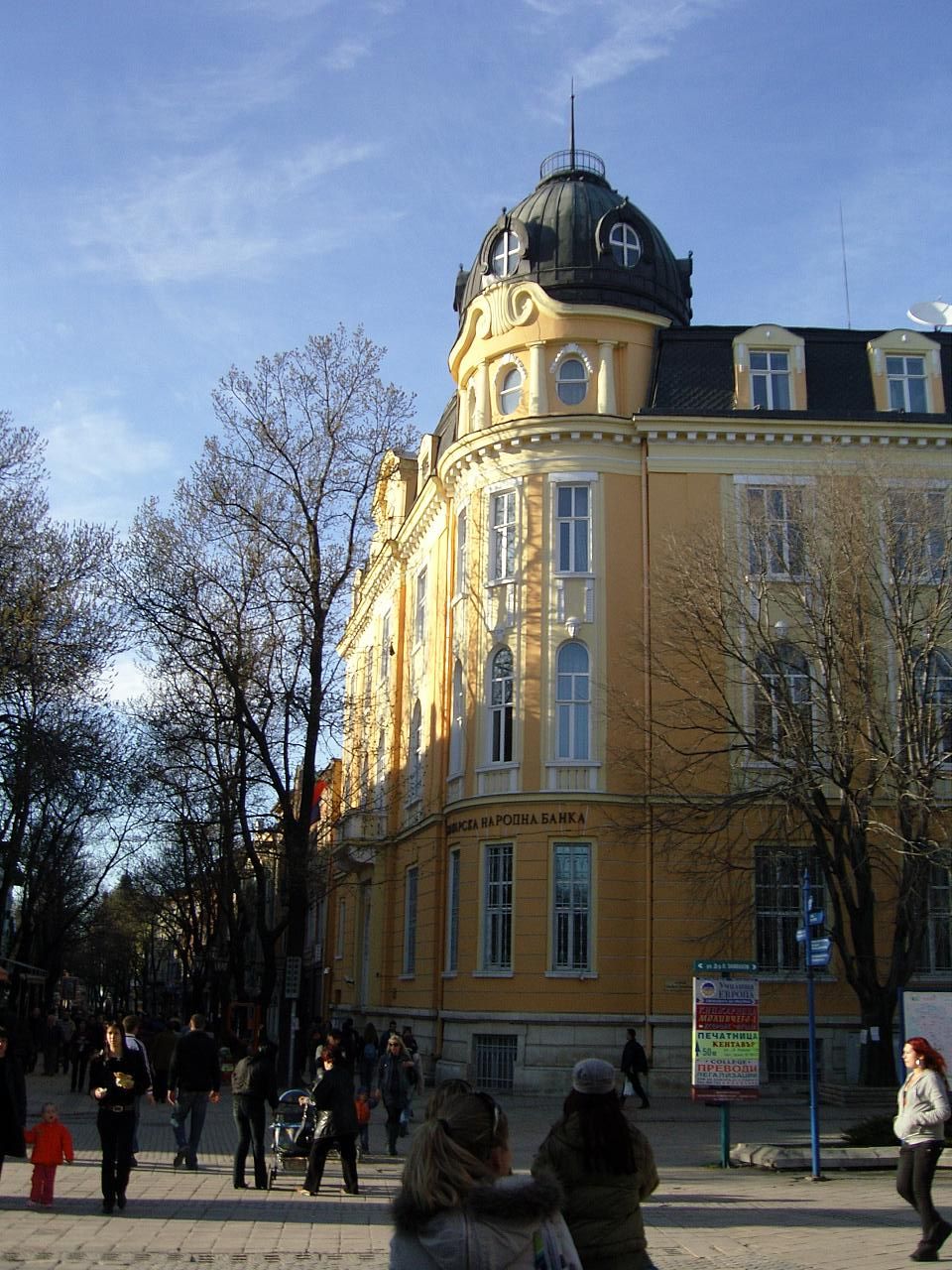|
European Route E83
European route E 83 is a road part of the International E-road network. It begins in Byala, Bulgaria and ends in Botevgrad, Bulgaria. The road follows: Byala - Pleven - Yablanitsa - Botevgrad Botevgrad ( bg, Ботевград ) is a town in western Bulgaria. It is located in Sofia Province and is close to Pravets. Botevgrad lies 47 km from Sofia. History and name The village was called Samundzhievo (Самунджиево) unti .... See also Roads in Bulgaria Highways in Bulgaria External links UN Economic Commission for Europe: Overall Map of E-road Network (2007) {{Europe-road-stub 83 E083 ... [...More Info...] [...Related Items...] OR: [Wikipedia] [Google] [Baidu] |
Byala, Ruse Province
Byala ( bg, Бяла ) is a town in Ruse Province, Northern Bulgaria. It is the administrative centre of the homonymous Byala Municipality. The town is located on the crossroad between roads that connect Ruse, Bulgaria, Ruse with Veliko Tarnovo and Pleven with Varna, Bulgaria, Varna. Close to it is the town of Borovo, Ruse Province, Borovo. The noted Belenski most (Byala Bridge) over the Yantra River is located in the vicinity. The Liberation War Museum dedicated to the Russo-Turkish War (1877–1878), Russo-Turkish War can also be found in the town. As of December 2009, Byala has a population of 9,015 inhabitants.Bulgarian National Statistical Institute - Bulgarian towns in 2009 [...More Info...] [...Related Items...] OR: [Wikipedia] [Google] [Baidu] |
Botevgrad
Botevgrad ( bg, Ботевград ) is a town in western Bulgaria. It is located in Sofia Province and is close to Pravets. Botevgrad lies 47 km from Sofia. History and name The village was called Samundzhievo (Самунджиево) until it was elevated to town status at the end of 1865 under the name of Orhanie (Bulgarian language: Орхание; Ottoman Turkish: اورخانيه). On 1 December 1934 the town was named Botevgrad (Ботевград) after Hristo Botev. Geography Botevgrad and its hinterland are located in an elliptical valley with a total area of 5,066 km². The municipality covers parts of the Western Stara Planina mountain — Razhana, Murgash, Bilo Mountains, Bulgaria, Bilo and Golyama Planina and some parts of the Northern Balkan. Vitinya Pass connecting Northern Bulgaria with Southern Bulgaria and the proximity of the capital contribute to its strategic location. Botevgrad municipality borders the following municipalities: Pravets, Etropo ... [...More Info...] [...Related Items...] OR: [Wikipedia] [Google] [Baidu] |
International E-road Network
The international E-road network is a numbering system for roads in Europe developed by the United Nations Economic Commission for Europe (UNECE). The network is numbered from E1 up and its roads cross national borders. It also reaches Central Asian countries like Kyrgyzstan, since they are members of the UNECE. Main international traffic arteries in Europe are defined by ECE/TRANS/SC.1/2016/3/Rev.1 which consider three types of roads: motorways, limited access roads, and ordinary roads. In most countries, the roads carry the European route designation alongside national designations. Belgium, Norway and Sweden have roads which only have the European route designations (examples: E18 and E6). The United Kingdom, Iceland and Albania only use national road designations and do not show the European designations at all. Ukraine does not number its routes at all except in internal circumstances. Denmark only uses the European designations on signage, but also has formal names ... [...More Info...] [...Related Items...] OR: [Wikipedia] [Google] [Baidu] |
Bulgaria
Bulgaria (; bg, България, Bǎlgariya), officially the Republic of Bulgaria,, ) is a country in Southeast Europe. It is situated on the eastern flank of the Balkans, and is bordered by Romania to the north, Serbia and North Macedonia to the west, Greece and Turkey to the south, and the Black Sea to the east. Bulgaria covers a territory of , and is the sixteenth-largest country in Europe. Sofia is the nation's capital and largest city; other major cities are Plovdiv, Varna and Burgas. One of the earliest societies in the lands of modern-day Bulgaria was the Neolithic Karanovo culture, which dates back to 6,500 BC. In the 6th to 3rd century BC the region was a battleground for ancient Thracians, Persians, Celts and Macedonians; stability came when the Roman Empire conquered the region in AD 45. After the Roman state splintered, tribal invasions in the region resumed. Around the 6th century, these territories were settled by the early Slavs. The Bulgars, led by Asp ... [...More Info...] [...Related Items...] OR: [Wikipedia] [Google] [Baidu] |
Pleven
Pleven ( bg, Плèвен ) is the seventh most populous city in Bulgaria. Located in the northern part of the country, it is the administrative centre of Pleven Province, as well as of the subordinate Pleven municipality. It is the biggest economic center in Northwestern Bulgaria. At the 2021 census its population was 89,823. Internationally known for the siege of Plevna of 1877, it is today a major economic centre of the Bulgarian Northwest and Central North and the third largest city of Northern Bulgaria after Varna and Ruse. Name The name comes from the Slavic word ''plevnya'' ("barn") or from ''plevel'', meaning "weed", sharing the same root, and the Slavic suffix ''-en''. Geography Pleven is in an agricultural region in the middle of the Danubian Plain, the historical region of Moesia, surrounded by low limestone hills, the Pleven Heights. The city's central location in Northern Bulgaria defines its importance as a big administrative, economic, political, cultura ... [...More Info...] [...Related Items...] OR: [Wikipedia] [Google] [Baidu] |
Yablanitsa
Yablanitsa ( bg, Ябланица; also ''Jablanica'', ''Iablanica'', ''Yablanica'', ''Jablanitsa'', ''Iablanitsa'', ''Jablanitza'', ''Yablanitza'', ''Iablanitza'', ) is a small town in the westernmost part of Lovech Province, central-north Bulgaria, located in the area of the Pre-Balkan, north of the Stara Planina mountain. It is the administrative centre of the homonymous Yablanitsa Municipality. The town is situated 70 kilometres from the capital Sofia, near the Hemus motorway linking Sofia and Varna. It was proclaimed a town in 1968. As of December 2011, Yablanitsa has a population of 2,854 inhabitants. The town is a noted confectionery production centre, particularly well known for the local halva and ''lokum'' (Turkish delight). Municipality Yablanitsa is the administrative center of Yablanitsa municipality (part of Lovech Province), which includes the following nine localities: Batultsi, Brestnitsa, Dabravata, Dobrevtsi, Golyama Brestnitsa, Malak Izvor, Oreshen ... [...More Info...] [...Related Items...] OR: [Wikipedia] [Google] [Baidu] |
Transport In Bulgaria
Transport in Bulgaria is dominated by road transport, despite nearly half of all paved roads belonging to the lowest category of roads. As of December 2015, the country had 829 kilometers of highways. Buses play a significant role in long-distance public transport, coaches are operated by private companies. Sofia has three major national bus terminals, the Central, the Western and the Southern Terminals. In the countryside share taxis are in operation between smaller settlements. Railway systems are mostly outdated, and the average speed is comparatively low; however, upgrading projects are underway. BDŽ is the national railway company, but private freight operators are also present. The Sofia Metro has three lines as of 2020. Air traffic has been growing since the 2000s, which was facilitated by the opening of a second terminal at Sofia Airport, as well as the implementation of new destinations and routes. The flag carrier is Bulgaria Air, but a number of private charter co ... [...More Info...] [...Related Items...] OR: [Wikipedia] [Google] [Baidu] |
Highways In Bulgaria
Highways in Bulgaria are dual carriageways, grade separated with controlled-access, designed for high speeds. In 2012, legislation amendments defined two types of highways: motorways (, ) and expressways (, ). The main differences are that motorways have emergency lanes and the maximum allowed speed limit is , while expressways do not and the speed limit is . As of October 2022, a total of 845.3 kilometers of motorways are in service. Generally, there are no toll roads in Bulgaria, and instead a vignette is required, except for municipal roads. Two bridges − New Europe Bridge and Danube Bridge are tolled, both at Danube border crossings to Romania. However, introduction of toll system to replace the vignettes is under way as being a more fair form of payment. In April 2016 the road agency launched a tender for implementation of an electronic toll collection system for vehicles heavier than 3.5 tonnes and the contract was signed in January 2018. Since January 2019, the electro ... [...More Info...] [...Related Items...] OR: [Wikipedia] [Google] [Baidu] |





